Junya Ishigami plays with perceptions of natural and human-designed structures with a sweeping slate canopy for the Serpentine Pavilion 2019.

Some of the world’s most celebrated architects have been invited to design a temporary pavilion on the Serpentine Gallery’s lawn in Kensington Gardens in London. This year, Japanese architect Junya Ishigami became the nineteenth architect to accept the invitation.
His design, which will stand from 20 June to 6 October 2019, reflects the experimental approach for which he is celebrated. It articulates his ‘free space’ philosophy in which he seeks harmony between human-made structures and those that exist in nature.
Ishigami’s design, like much of his work, marries a reflection on natural phenomena with an interpretation of traditional architectural conventions. In this case, he has drawn inspiration from roofs – specifically slate roofs.
His design for the Serpentine Pavilion 2019 arranges a multitude of pieces of slate into a single roof canopy that appears to emerge from the park. Beneath the canopy will be a cave-like refuge space.
Says Ishigami, “My design for the Pavilion plays with our perspectives of the built environment against the backdrop of a natural landscape, emphasising a natural and organic feel as though it had grown out of the lawn, resembling a hill made out of rocks.”
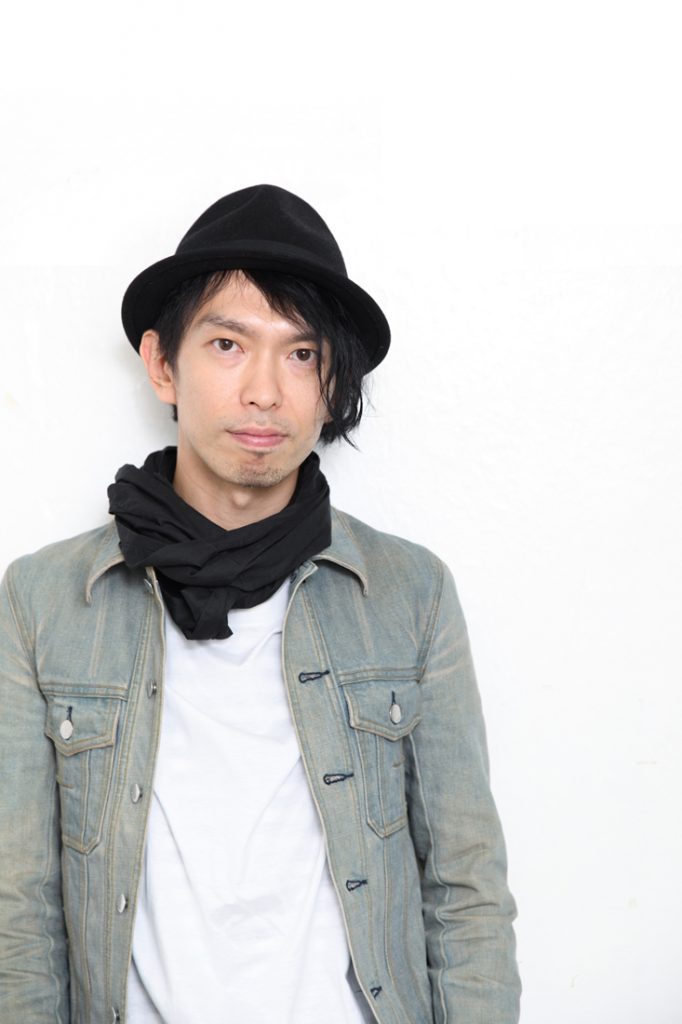
Junya Ishigami by Tasuko Amada, © Junya Ishigami + Associates.
He continues, “This is an attempt to supplement traditional architecture with modern methodologies and concepts, to create in this place an expanse of scenery like never seen before. Possessing the weighty presence of slate roofs seen around the world, and simultaneously appearing so light it could blow away in the breeze, the cluster of scattered rock levitates, like a billowing piece of fabric.”
Ishigami was selected as this year’s pavilion designer by Serpentine Galleries Artistic Director Hans Ulrich Obrist and CEO Yana Peel, along with advisors Sir David Adjaye OBE, Lord Richard Rogers and David Glover alongside Julie Burnell (Head of Construction and Buildings, Serpentine Galleries) and Amira Gad (Curator, Exhibitions and Architecture, Serpentine Galleries).
Say Obrist and Peel: “The Pavilion and its accompanying program will be central to the Serpentine’s Grand Ecology strand – an ongoing investigation into complex systems, interspecies landscapes and the environment. Alongside this year’s Pavilion, we are thrilled to simultaneously launch Serpentine Augmented Architecture, with Google Arts and Culture, where a winning submission for an unrealised project will be on display. Both projects bring to life a brilliant conjunction of experiments in technology and creative vision.”
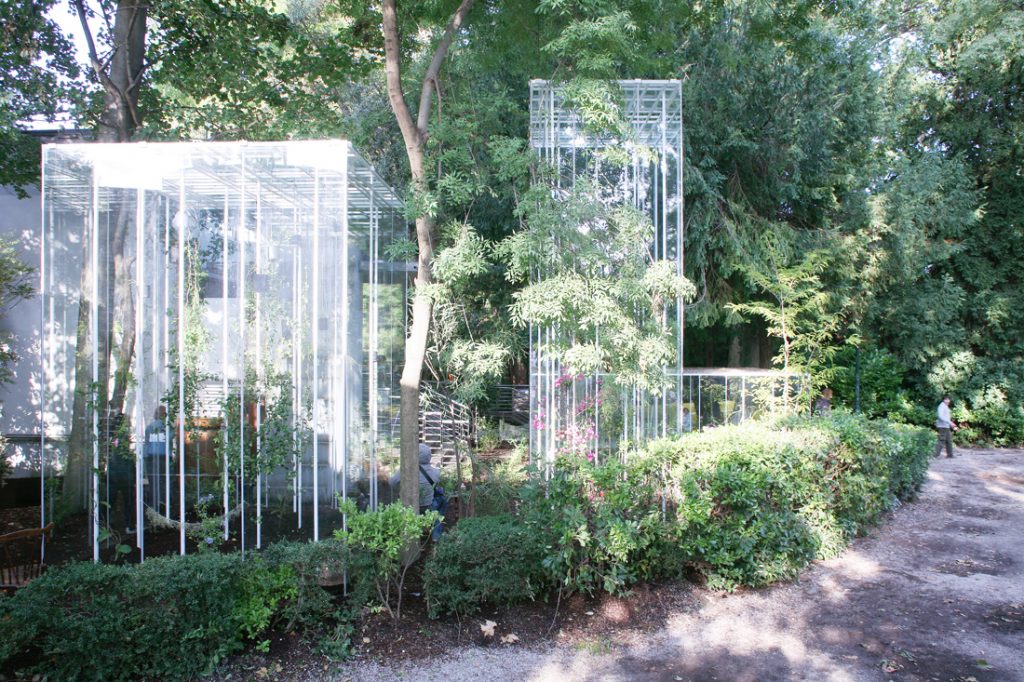
Junya Ishigami, 11th Venice Architectural Biennale, Japanese Pavilion, 2008, © Junya Ishigami + Associates.
Ishigami founded his firm Junya Ishigami + Associates in 2004 and has recently been working on projects such as the redevelopment of the Russian Polytechnic Museum in Moscow; the Park Groot Vijversburg Project in the Netherlands; and residential projects in Dali, China. In 2014, Ishigami was appointed as the Kenzo Tange Design Critic at the Harvard Graduate School of Design. He also teaches at Columbia University.
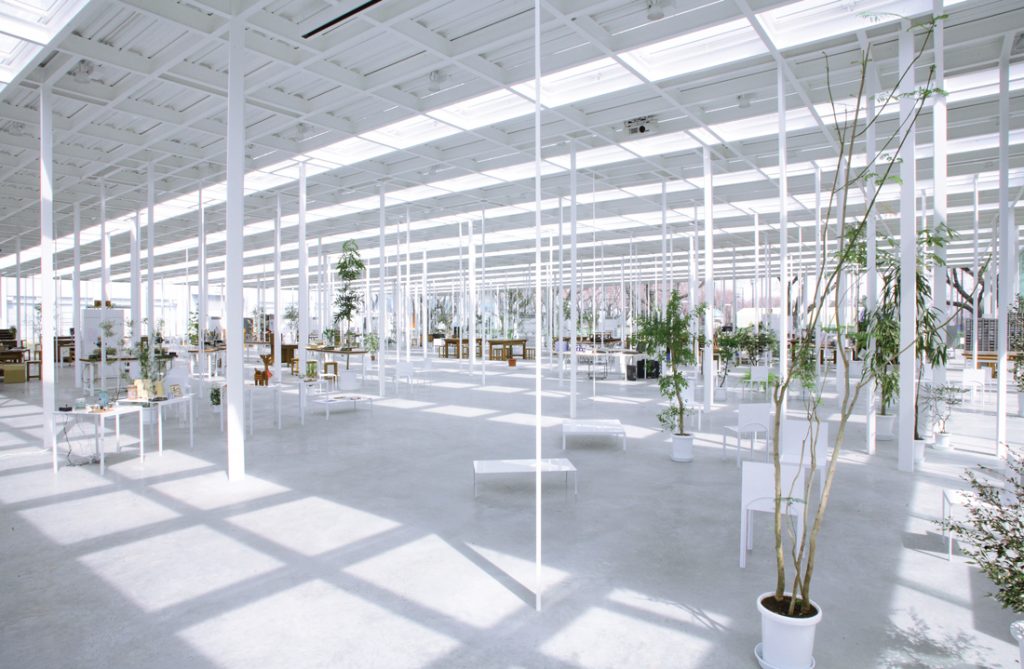
Junya Ishigami, KAIT Workshop, Kanagawa Institute of Technology, Japan, 2008, © Junya Ishigami + Associates.
Past Serpentine Pavilions have been designed by Frida Escobedo (2018), Francis Kéré (2017), Bjarke Ingels Group (BIG, 2016), selgascano (2015), Smiljan Radić (2014), Sou Fujimoto (2013), Herzog & de Meuron and Ai Weiwei (2012), Peter Zumthor (2011), Jean Nouvel (2010), Kazuyo Sejima and Ryue Nishizawa / SANAA (2009), Frank Gehry (2008), Olafur Eliasson and Kjetil Thorsen (2007), Rem Koolhaas and Cecil Balmond with Arup (2006), Álvaro Siza and Eduardo Souto de Moura with Cecil Balmond and Arup (2005), MVRDV with Arup (2004, un-realised), Oscar Niemeyer (2003), Toyo Ito and Cecil Balmond with Arup (2002), Daniel Libeskind with Arup (2001), and Zaha Hadid (2000).
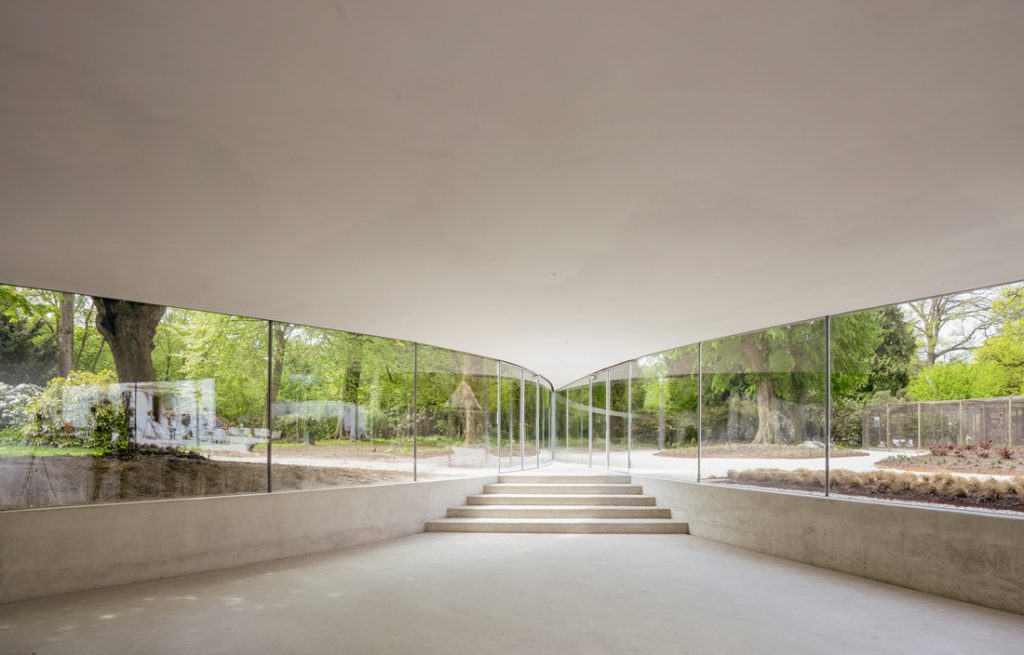
Junya Ishigami, Park Groot Vijversburg Visitor Center, Tytsjerk, The Netherlands, 2012, © Junya Ishigami + Associates.
The Serpentine Pavilion Beijing 2018 was designed by Liu Jiakun and co-commissioned with Hongkong Land. The Serpentine Summer Houses 2016 architects were Kunlé Adeyemi – NLÉ, Barkow Leibinger, Yona Friedman and Asif Khan.
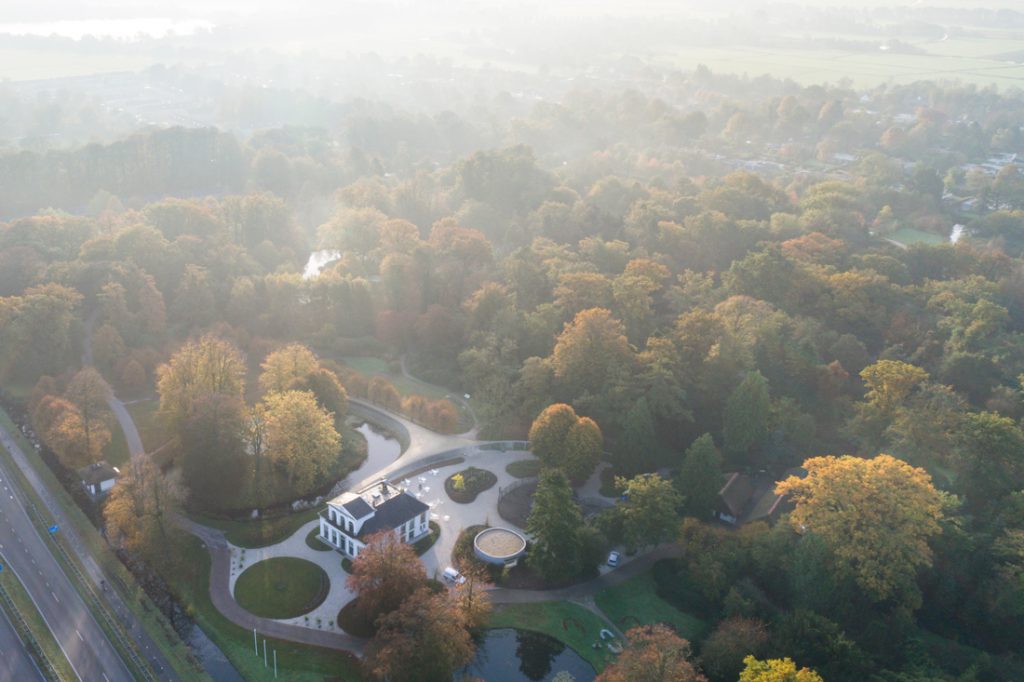
Junya Ishigami, Park Groot Vijversburg Visitor Center, Tytsjerk, The Netherlands, 2012, © Junya Ishigami + Associates.
Explore the archives for The Serpentine Pavilion. Or get the latest each week by joining our mailing list.
A searchable and comprehensive guide for specifying leading products and their suppliers
Keep up to date with the latest and greatest from our industry BFF's!

Within the intimate confines of compact living, where space is at a premium, efficiency is critical and dining out often trumps home cooking, Gaggenau’s 400 Series Culinary Drawer proves that limited space can, in fact, unlock unlimited culinary possibilities.

BLANCO launches their latest finish for a sleek kitchen feel.

At Zaishui Art Museum in Ritzhao, Shandong Province, the Japanese architect has recontextualised the connection between architecture, nature and water.

The Sherman Centre for Culture and Ideas (SCCI) is back this year with its vibrant ten-day festival, the SCCI Architecture Hub 2019. Tickets are going fast!
The internet never sleeps! Here's the stuff you might have missed

Set within a regular grid constructed using local materials and traditional techniques, Sordo Madaleno’s seven-hectare site is a veritable football campus.

Expressions of Interest remain open until Friday 24th January for two major photography commission opportunities at Powerhouse.